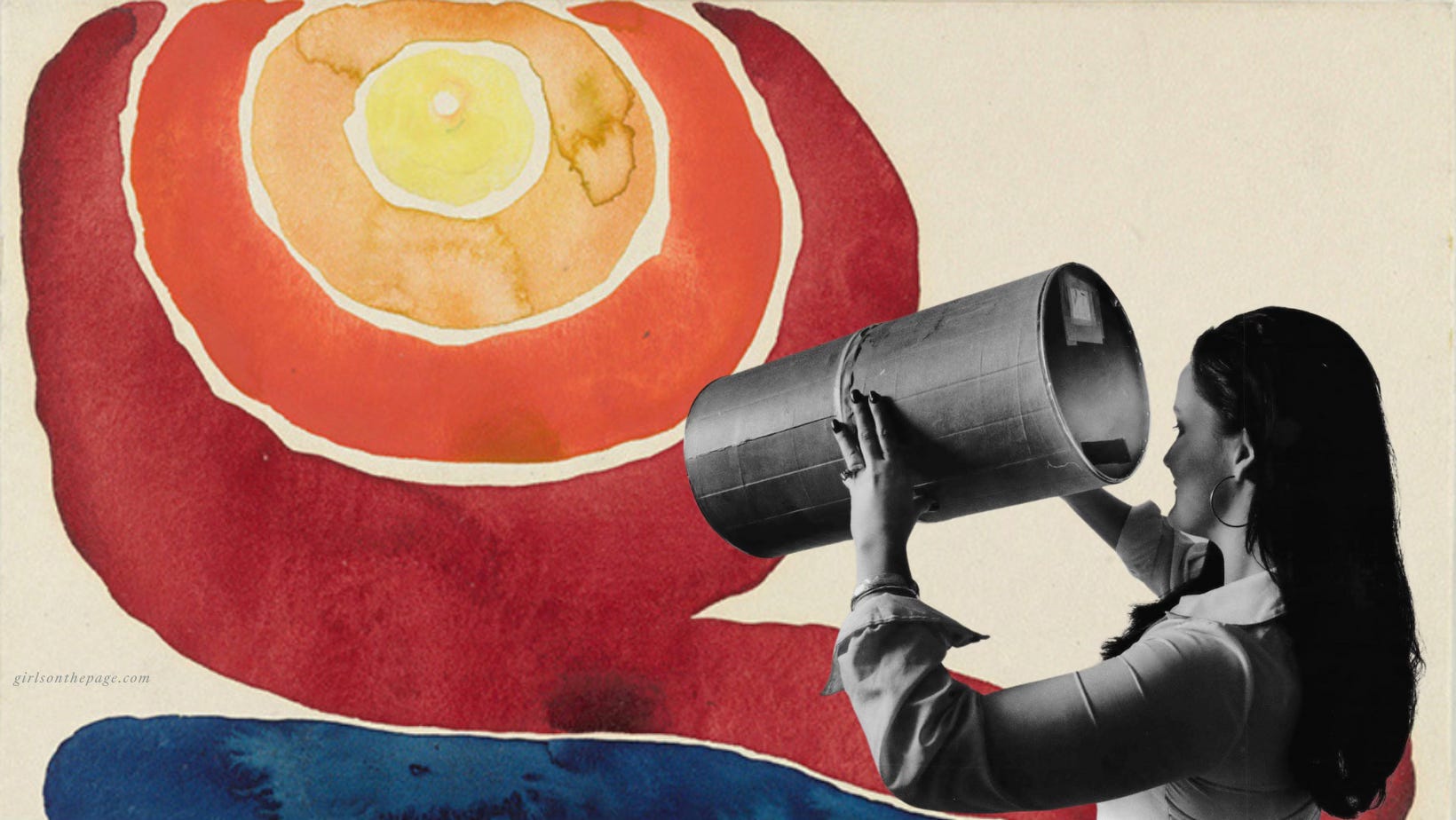Collective fascination
Annie Dillard & Anne Carson on expecting the unexpected during the total solar eclipse
“Night songs in midday twilight — night / without sunset, the sun noon / high, bruised black by the moon.”1
On Monday, April 8th a total solar eclipse will pass over North America.
Keep reading with a 7-day free trial
Subscribe to Girls on the Page to keep reading this post and get 7 days of free access to the full post archives.





